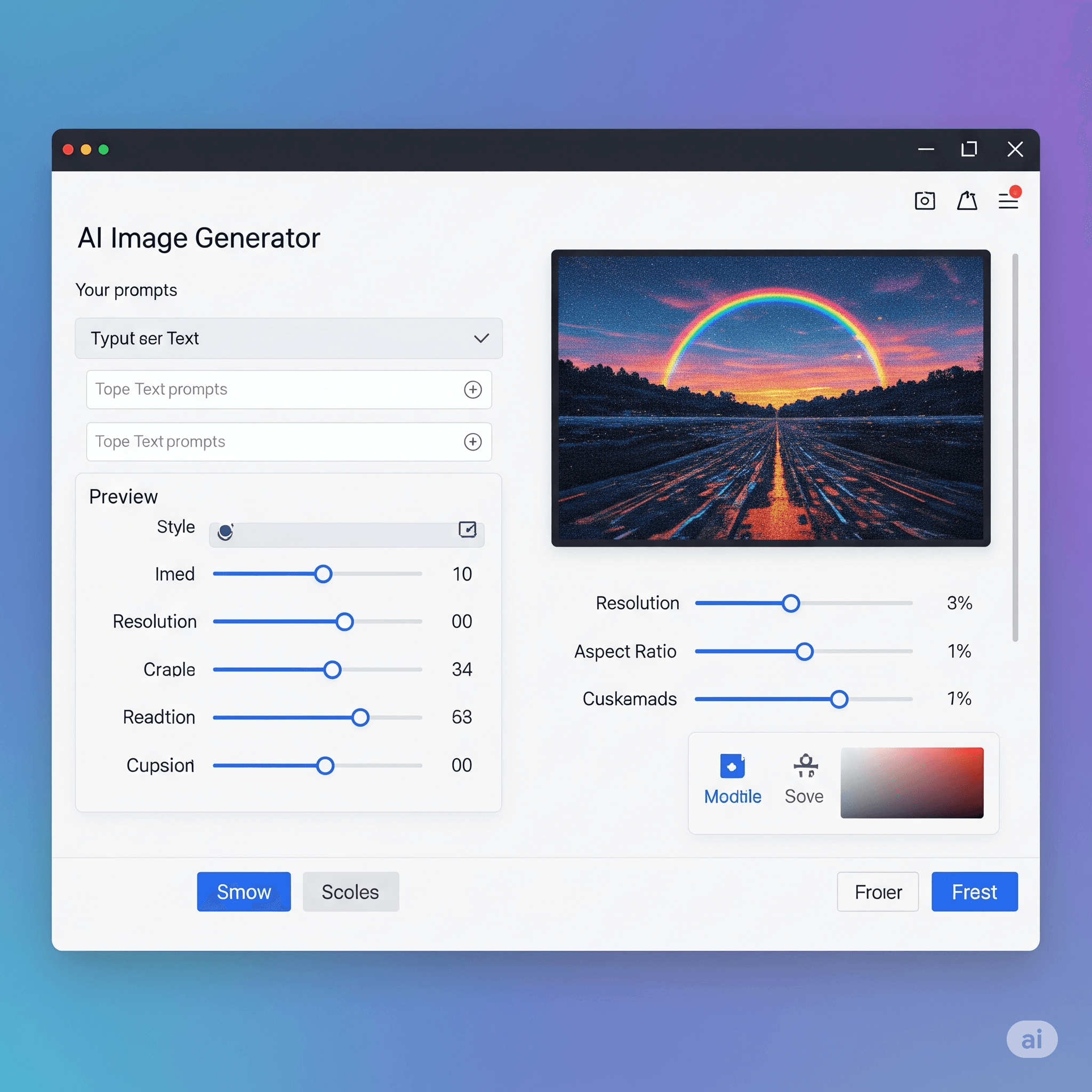Question: In the original ARPANET, _______ were directly connected to each other.
Answer:
n the original ARPANET, computers (or hosts) were directly connected to each other.
The ARPANET was the first packet-switching network and a precursor to the modern Internet. It was developed by the United States Department of Defense's Advanced Research Projects Agency (ARPA) in the late 1960s and early 1970s.
The original design of the ARPANET called for a decentralized network architecture in which computers (or hosts) were directly connected to each other, forming a mesh-like network. This design allowed for robustness and fault tolerance since if one node failed, traffic could be routed through other nodes.
To facilitate communication between the hosts on the ARPANET, a protocol called the Network Control Program (NCP) was developed. NCP was the precursor to the TCP/IP protocol suite that is used by the modern Internet.
As the ARPANET grew, it became necessary to introduce network gateways, or routers, to interconnect different networks. This led to the development of the TCP/IP protocol suite and the modern Internet architecture, in which computers are typically connected to the Internet via network routers.
MCQ: In the original ARPANET, _______ were directly connected to each other.
Explanation:
n the original ARPANET, computers (or hosts) were directly connected to each other.
The ARPANET was the first packet-switching network and a precursor to the modern Internet. It was developed by the United States Department of Defense's Advanced Research Projects Agency (ARPA) in the late 1960s and early 1970s.
The original design of the ARPANET called for a decentralized network architecture in which computers (or hosts) were directly connected to each other, forming a mesh-like network. This design allowed for robustness and fault tolerance since if one node failed, traffic could be routed through other nodes.
To facilitate communication between the hosts on the ARPANET, a protocol called the Network Control Program (NCP) was developed. NCP was the precursor to the TCP/IP protocol suite that is used by the modern Internet.
As the ARPANET grew, it became necessary to introduce network gateways, or routers, to interconnect different networks. This led to the development of the TCP/IP protocol suite and the modern Internet architecture, in which computers are typically connected to the Internet via network routers.
Discuss a Question
Related Questions
- 1. _______ was formed to connect universities with no defense ties.
- 2. Currently _______ is responsible for the management of Internet domain names and addresses
- 3. In TCP/IP, a message at the application layer is encapsulated in a packet at the ________ layer.
- 4. In TCP/IP, a message at the transport layer is encapsulated in a packet at the ________ layer.
- 5. In TCP/IP, a message belonging to the network layer is decapsulated from a packet at the ________ layer.
- 6. In TCP/IP, a message belonging to the transport layer is decapsulated from a packet at the ________ layer
- 7. In TCP/IP, a logical connection between an entity at the network layer can be made with another entity at the ________ layer.
- 8. In TCP/IP, a logical connection between an entity at the data-link layer can be made with another entity at the ________ layer.
- 9. In TCP/IP, a packet at the third layer carries data belonging to the ________ layer and the header belonging to the _________ layer.
- 10. In a ___________ connection, the server leaves the connection open for more requests after sending a response.
You may be interested in:
Computer Networking MCQs






